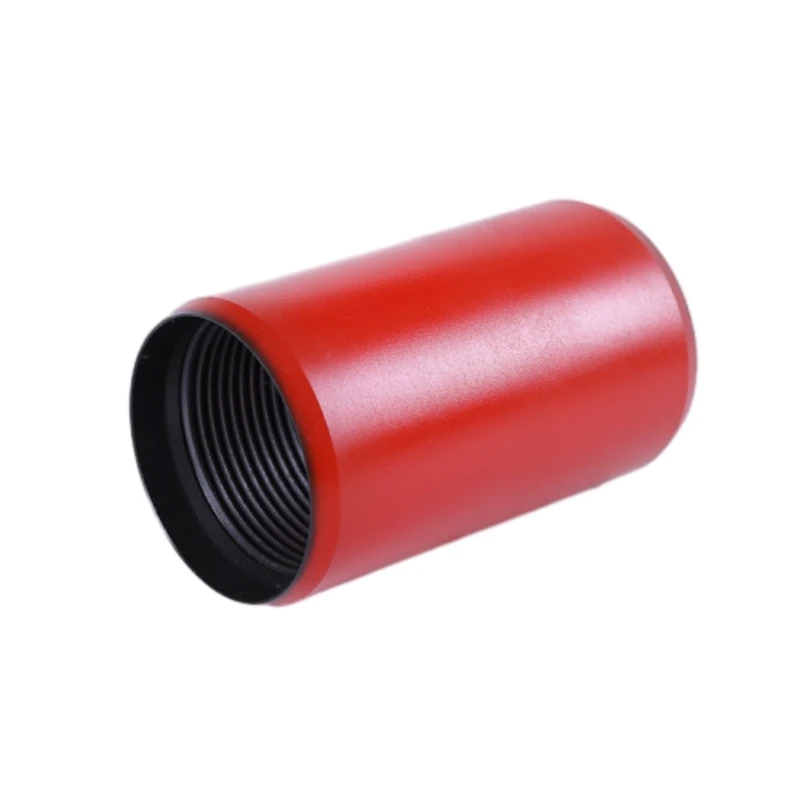- Afrikaans
- Albanian
- Amharic
- Arabic
- Armenian
- Azerbaijani
- Basque
- Belarusian
- Bengali
- Bosnian
- Bulgarian
- Catalan
- Cebuano
- Corsican
- Croatian
- Czech
- Danish
- Dutch
- English
- Esperanto
- Estonian
- Finnish
- French
- Frisian
- Galician
- Georgian
- German
- Greek
- Gujarati
- Haitian Creole
- hausa
- hawaiian
- Hebrew
- Hindi
- Miao
- Hungarian
- Icelandic
- igbo
- Indonesian
- irish
- Italian
- Japanese
- Javanese
- Kannada
- kazakh
- Khmer
- Rwandese
- Korean
- Kurdish
- Kyrgyz
- Lao
- Latin
- Latvian
- Lithuanian
- Luxembourgish
- Macedonian
- Malgashi
- Malay
- Malayalam
- Maltese
- Maori
- Marathi
- Mongolian
- Myanmar
- Nepali
- Norwegian
- Norwegian
- Occitan
- Pashto
- Persian
- Polish
- Portuguese
- Punjabi
- Romanian
- Russian
- Samoan
- Scottish Gaelic
- Serbian
- Sesotho
- Shona
- Sindhi
- Sinhala
- Slovak
- Slovenian
- Somali
- Spanish
- Sundanese
- Swahili
- Swedish
- Tagalog
- Tajik
- Tamil
- Tatar
- Telugu
- Thai
- Turkish
- Turkmen
- Ukrainian
- Urdu
- Uighur
- Uzbek
- Vietnamese
- Welsh
- Bantu
- Yiddish
- Yoruba
- Zulu
Innovative Solutions for Joint Tubing in Pup Joint Applications
Understanding Pup Joint Tubing in the Oil and Gas Industry
Pup joint tubing is a fundamental component in the oil and gas industry, playing a crucial role in the transportation of hydrocarbons from the wellbore to the surface. This specialized type of tubing is designed to connect longer sections of pipe, providing essential flexibility and adaptability in various drilling and production scenarios.
What is Pup Joint Tubing?
Pup joints are short lengths of pipe, typically ranging from 2 to 10 feet in length, that serve to adjust the overall length of a tubing string in oil and gas operations. They are used primarily to fill the gap in a string of tubing, allowing operators to customize the length of their well equipment to suit specific operational needs. This flexibility is vital in environments where the lengths of standard tubing fell short due to wellbore conditions or other logistical considerations.
Typically made of carbon steel or alloy steel, pup joint tubing can be manufactured to withstand high pressures and corrosive environments. These properties make them ideal for use in various applications, including both production and injection wells. The diameter of pup joints commonly matches the standard tubing sizes used in the industry, ensuring a seamless fit within existing systems.
Applications of Pup Joint Tubing
Pup joints are employed in various applications within the oil and gas sector
1. Well Completion During the completion phase of a well, pup joints can adjust for tubing lengths, improving the integrity and efficiency of the well completion. 2. Production Operations In production wells, pup joints facilitate the connection of heavy production strings, enabling the efficient retrieval of oil or gas from underground reservoirs.
pup joint tubing

3. Workover Operations When performing maintenance or upgrades on existing wells, pup joints allow for convenient alterations to the tubing string without needing to replace entire sections.
4. Injection Systems In water or gas injection systems, pup joints maintain the correct tubing length to ensure optimal pressure and flow rates, improving the retrieval efficiency of hydrocarbons.
Installation and Considerations
Installing pup joint tubing requires careful attention to detail. Proper handling and alignment are crucial to prevent leaks and ensure system integrity. Operators must select the appropriate joint length based on the specific requirements of the well and existing tubing string.
In addition to precise measurements, considerations regarding materials and coatings are paramount. The selected material must withstand the environmental conditions of the well, including variations in temperature, pressure, and potential corrosive fluids. Many manufacturers offer specialized coatings that can enhance the durability of pup joints, extending their lifespan and improving overall performance.
Conclusion
Pup joint tubing serves as an essential element in the oil and gas industry, providing critical adjustments to tubing lengths for various applications. Its flexibility enables operators to optimize their systems, significantly enhancing overall operational efficiency. By carefully selecting and installing the right pup joints, companies can improve their production rates while ensuring the integrity and safety of their wells.
As drilling technology advances and the demand for energy continues to rise, the importance of pup joint tubing in adapting to changing conditions cannot be overstated. Its role in both production and maintenance operations underscores the need for specialized components that enhance the effectiveness of oil and gas extraction. Ultimately, pup joint tubing remains a significant contributor to the industry's efforts toward efficient and responsible resource management.
-
Tubing Pup Joints: Essential Components for Oil and Gas OperationsNewsJul.10,2025
-
Pup Joints: Essential Components for Reliable Drilling OperationsNewsJul.10,2025
-
Pipe Couplings: Connecting Your World EfficientlyNewsJul.10,2025
-
Mastering Oilfield Operations with Quality Tubing and CasingNewsJul.10,2025
-
High-Quality Casing Couplings for Every NeedNewsJul.10,2025
-
Boost Your Drilling Efficiency with Premium Crossover Tools & Seating NipplesNewsJul.10,2025







